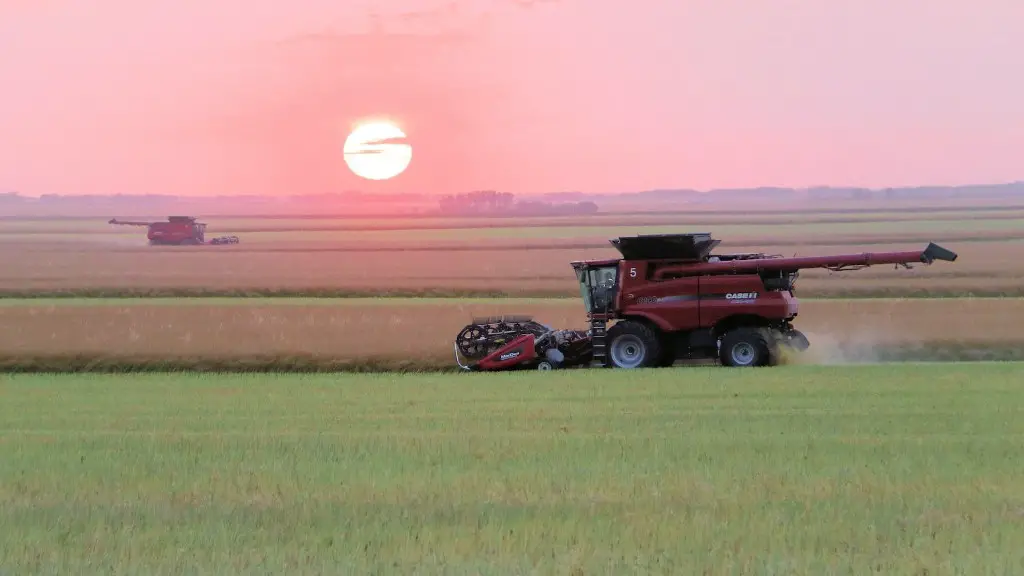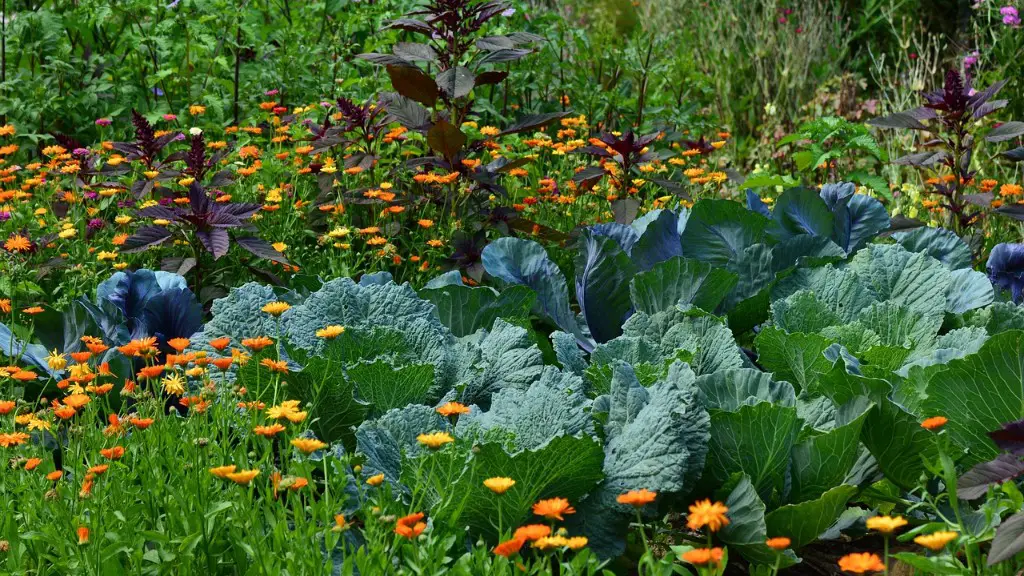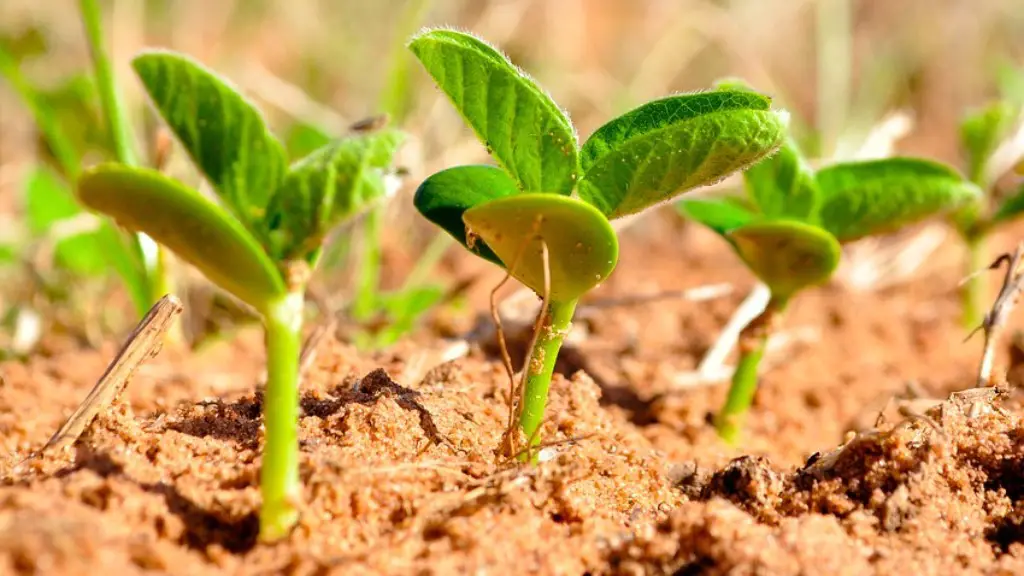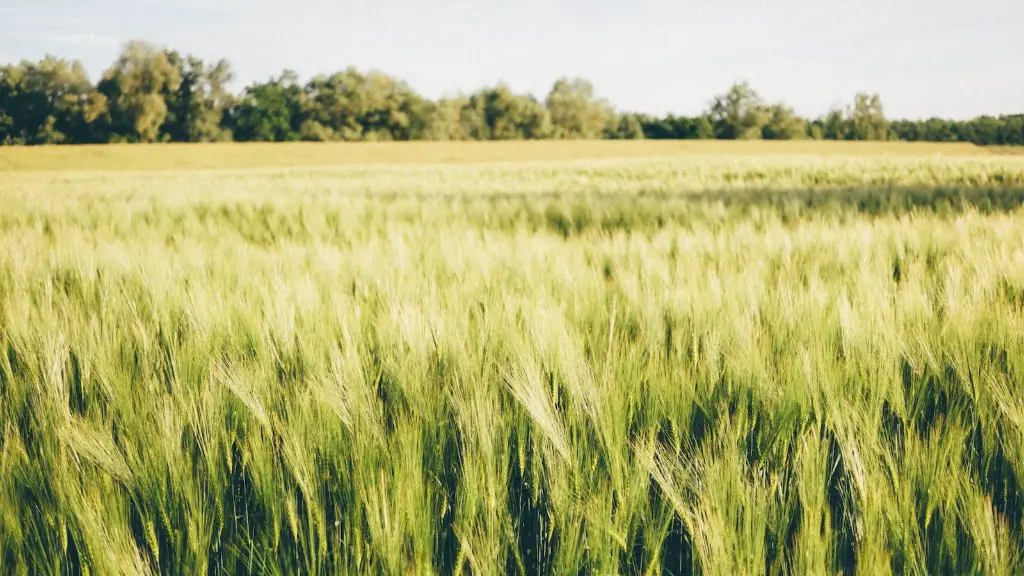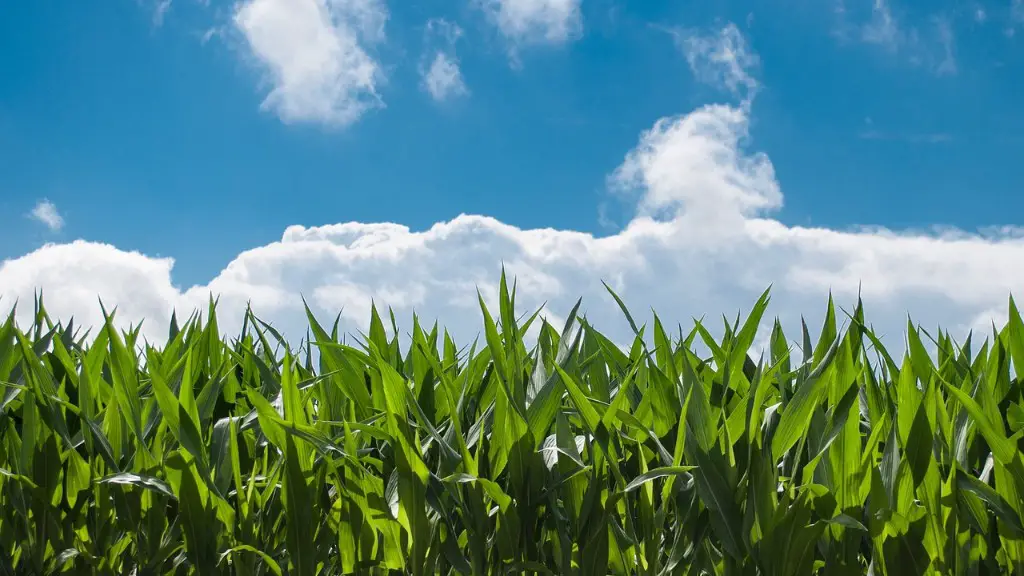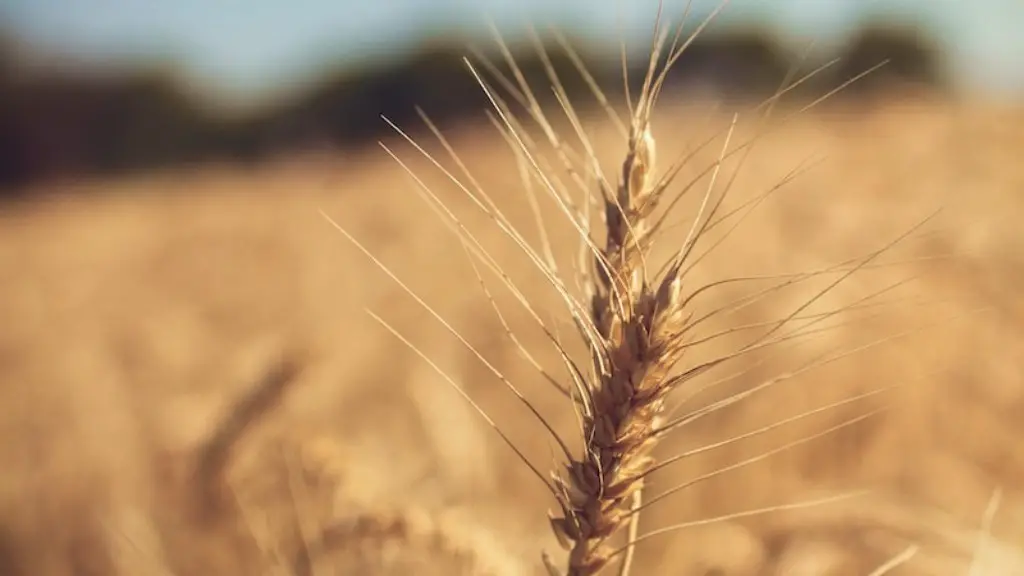The term “industrial agriculture” refers to a system of farming that is highly mechanized, uses large amounts of chemical fertilizers and pesticides, and raises large numbers of animals in confined spaces. This system of agriculture has come to dominate the food system in developed countries, and is now spreading to developing countries.
There are a number of reasons why industrial agriculture is unsustainable. First, this type of farming is very resource intensive, and places a great strain on the environment. For example, industrial agriculture relies heavily on fossil fuels, which contribute to global warming. In addition, the use of chemical fertilizers and pesticides can lead to soil and water contamination. Finally, the intensive confinement of animals can lead to waste build-up and the spread of disease.
While industrial agriculture has made it possible to produce large quantities of food, it comes at a great cost to the environment and the health of both animals and humans. In order to create a more sustainable food system, it is necessary to move away from this harmful and unsustainable form of agriculture.
The main reason why industrial agriculture is unsustainable is that it is based on a model of continuous economic growth. This means that it is not able to accommodate fluctuating conditions, such as droughts or economic recessions. Additionally, the reliance on monoculture crops and heavy use of pesticides and fertilizers can lead to soil degradation and water pollution.
What is bad about industrial agriculture?
There are many reasons why industrial agriculture is bad. It is a leading cause of human-related emissions fueling climate change, a major source of both water and air pollution, and the principal cause of antibiotic resistance and pesticide toxicity.
Industrial agriculture is also responsible for the loss of many small family farms, as well as the displacement of rural communities. The large, industrialized farms that have taken their place are often owned by large corporations, which are more interested in profits than in the wellbeing of the people and the environment.
In addition, the animals raised on these industrial farms are often treated inhumanely, kept in cramped and dirty conditions, and given antibiotics and hormones to keep them alive and maximize their growth. This is not only cruel, but also contributes to the development of antibiotic-resistant bacteria, which is a major public health concern.
Overall, there are many good reasons to avoid industrial agriculture. It is bad for the environment, bad for public health, and bad for the animals.
The sustainable alternative to industrial agriculture is a system that mimics and works with nature, using renewable resources instead of depleting them. Sustainable agriculture includes practices such as crop rotation, using natural fertilizers and pest control, and diversifying farm operations. It is also more labor-intensive than industrial agriculture, which means it creates more jobs.
Why is agriculture unsustainable
Pesticides, fertilizers, and other toxic farm chemicals can pose a serious threat to the environment. They can pollute fresh water, marine ecosystems, air, and soil, and can remain in the environment for generations. Many pesticides are suspected of disrupting the hormonal systems of people and wildlife, and fertilizer run-off can impact waterways and coral reefs.
Industrial agriculture is currently the dominant food production system in the United States. This leads to several kinds of costs, including: depletion of water resources, erosion of topsoil, loss of biodiversity. These costs are often borne by the local environment and communities where industrial agriculture takes place.
What are 4 negative effects of industrialization?
The Industrial Revolution was a time of great change for the world. It brought with it new technologies and ways of doing things, but it also had some negative effects.
1. Horrible Living Conditions for Workers
The living conditions for workers during the Industrial Revolution were often very poor. They worked long hours in dangerous and dirty conditions for little pay. Many workers lived in slums with no running water or sanitation.
2. Poor Nutrition
The poor nutrition of workers during the Industrial Revolution was a major problem. They could not afford to eat healthy food and often ate scraps from the factories they worked in. This led to many health problems.
3. A Stressful, Unsatisfying Lifestyle
The Industrial Revolution was a time of great stress and dissatisfaction for many workers. They were often overworked and underpaid. This led to a lot of unrest and dissatisfaction.
4. Dangerous Workplaces
The workplaces during the Industrial Revolution were often very dangerous. Workers were often injured or killed in accidents.
5. Child Labor
Child labor was a big problem during the Industrial Revolution. Children as young as five years old were often put to work in factories and mines. They worked long hours for little
Intensive agriculture is currently unsustainable as it allows nutrients to wash out and pollute fresh and coastal waters, causing algal blooms and lethal oxygen depletion, as well as dispersing nutrients in the ocean. This unsustainable practices needs to be changed in order to protect our environment.
How can we make industrial agriculture more sustainable?
Sustainable agriculture practices are those that help to maintain or improve the health of the environment while also providing adequate food production. These practices can help to preserve natural resources, reduce pollution, and promote soil and water conservation. Some common sustainable agriculture practices include rotating crops, planting cover crops and perennials, reducing or eliminating tillage, and applying integrated pest management. These practices can help to create a more balanced and sustainable agricultural ecosystem.
Sustainable farms are those that are able to last over time without damaging the ecosystem. Industrial farms, on the other hand, are often reliant on chemicals and genetically modified crops, which can have a negative impact on the environment. Sustainable farming practices seek to make use of the ecosystem, rather than disrupt it.
What is an example of unsustainable agriculture
Excess water use and failure to control runoff from agriculture is a major problem in the United States. Agriculture is responsible for 80% or more of water use in the US, and much of this water is wasted. The EPA estimates that 50% of water is wasted in irrigation, causing problems of increased runoff.
Runoff from agriculture can contain pollutants such as pesticides, herbicides, and fertilizers, which can contaminate waterways and drinking water supplies. Excess water use also contributes to water shortages and can lead to conflict between water users.
Improving water efficiency in agriculture is critical to address this problem. Some strategies to consider include better irrigation techniques, water conservation measures, and regulating agricultural water use.
Unsustainable farming practices are associated with soil erosion and degradation. Overexploitation is exhausting the land, and intensive farming practices such as deforestation and cultivation are continuously disturbing the soil and its complex ecosystems.
What type of agriculture is not sustainable?
It is no secret that monoculture farming can seriously damage the land. When large tracts of land are used to grow a single crop, the soil can become depleted of water and nutrients, making it much more susceptible to wind and water erosion. This can lead to the formation of large dust bowls, as we saw in the 1930s. Therefore, it is important to be mindful of how our farming practices impact the land, and to avoid monoculture farming whenever possible.
Industrialized farming is having a devastating effect on the environment, costing an estimated $3 trillion every year. The main problems are greenhouse gas emissions, pollution of air and water, and destruction of wildlife. This is having a knock-on effect on climate change, biodiversity loss, and water shortages. Many people believe that industrialized farming is not sustainable in the long term and that radical changes are needed to prevent further damage to the environment.
What are the pros and cons of industrial agriculture
Industrial agriculture has both pros and cons. On the one hand, it can increase food production. Large-scale industrial farms have an advantage over traditional farms when it comes to producing food fast and in larger amounts. On the other hand, it increases the risk of animal cruelty. In conclusion, it is important to weigh the pros and cons before deciding whether or not to support industrial agriculture.
Modern industrialized agriculture is highly unsustainable and is causing serious environmental problems. It is time to switch to more sustainable practices that protect our environment.
How does industrialization negatively affect the environment?
The industrialization of the United States had a negative impact on the environment. Natural resources were exploited, industrial city air was polluted, and waterways were polluted with oil and debris.
The Industrial Revolution had both positive and negative impacts. The positive impacts included cheaper clothes, more job opportunities, and improvement in transportation. The negative impacts would include exploitation of women and children, workers working long hours, and environmental damages. These are just a few of the impacts that the Industrial Revolution had.
What were 3 major consequences effects of the Industrial Revolution
The Industrial Revolution was a time where products were no longer made solely by hand but by machines. This led to increased production and efficiency, lower prices, more goods, improved wages, and migration from rural areas to urban areas.
There are six main challenges of sustainable farming: Growing enough food, water scarcity, loss of usable land, high energy use, climate change, and cost-efficiency of sustainable practices.
Sustainable farmers must find ways to increase food production to meet the needs of the world’s ever-growing population. They also need to address water scarcity issues, as fresh water is essential for farming. Another challenge is loss of usable land due to urbanization and other factors. And finally, sustainable farmers must grapple with the high energy use and climate change impacts of modern agriculture.
Final Words
The main reason industrial agriculture is unsustainable is because it relies on a few key crops or animals that are vulnerable to disease or pests. This type of agriculture also requires large amounts of fossil fuels to operate, which contributes to climate change. Additionally, industrial agriculture typically uses harmful pesticides and fertilizers that can pollute the environment and degrade the quality of the soil.
Industrial agriculture is unsustainable because it is heavily dependent on fossil fuels, chemical inputs, and monoculture cropping. These practices deplete the soil and water resources, and lead to environmental degradation.
